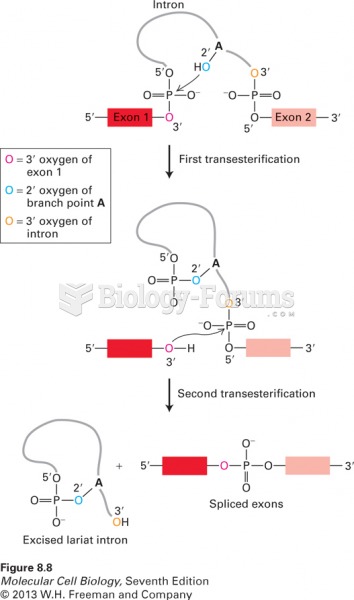|
|
|
Asthma occurs in one in 11 children and in one in 12 adults. African Americans and Latinos have a higher risk for developing asthma than other groups.
The first oncogene was discovered in 1970 and was termed SRC (pronounced "SARK").
The average human gut is home to perhaps 500 to 1,000 different species of bacteria.
Hypertension is a silent killer because it is deadly and has no significant early symptoms. The danger from hypertension is the extra load on the heart, which can lead to hypertensive heart disease and kidney damage. This occurs without any major symptoms until the high blood pressure becomes extreme. Regular blood pressure checks are an important method of catching hypertension before it can kill you.
Urine turns bright yellow if larger than normal amounts of certain substances are consumed; one of these substances is asparagus.
 A melanistic jaguar at the Henry Doorly Zoo. Melanism is the result of a dominant allele and remains
A melanistic jaguar at the Henry Doorly Zoo. Melanism is the result of a dominant allele and remains
 Hip Typically occurs as a result of a fall; with osteoporosis, hip fractures can occur as a result o
Hip Typically occurs as a result of a fall; with osteoporosis, hip fractures can occur as a result o





